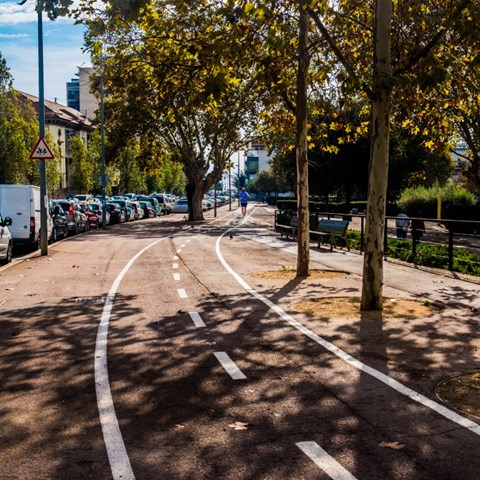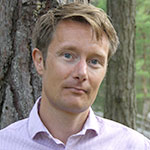Facts:
Project leader
Mattias Qviström, Professor, Division of Landscape Architecture, SLU
Project participants
Mattias Kärrholm, Professor, Department of Arhitecture and Built Environment, Lund University
Read more about Mattias Kärrholm on his presentation page
Send an e-mail to: mattias.karrholm@arkitektur.lth.se
Tim Edensor, Associate Professor, Division of Geography and Environmental Management, Manchester Metropolitan University
Send an e-mail to: t.edensor@mmu.ac.uk
Alan Latham, Associate Professor, Department of Geography, University College London
Read more about Alan Latham on his presentation page
Send an e-mail to: alan.latham@ucl.ac.uk
Anna Jakobsson, Senior Lecturer, Department of Landscape Architecture, Planning and Management, SLU, +4640415423
Read more about Anna Jakobsson on her CV page
Send an e-mail to: anna.jakobsson@slu.se
Project time
2014-2018
External funding
Formas

